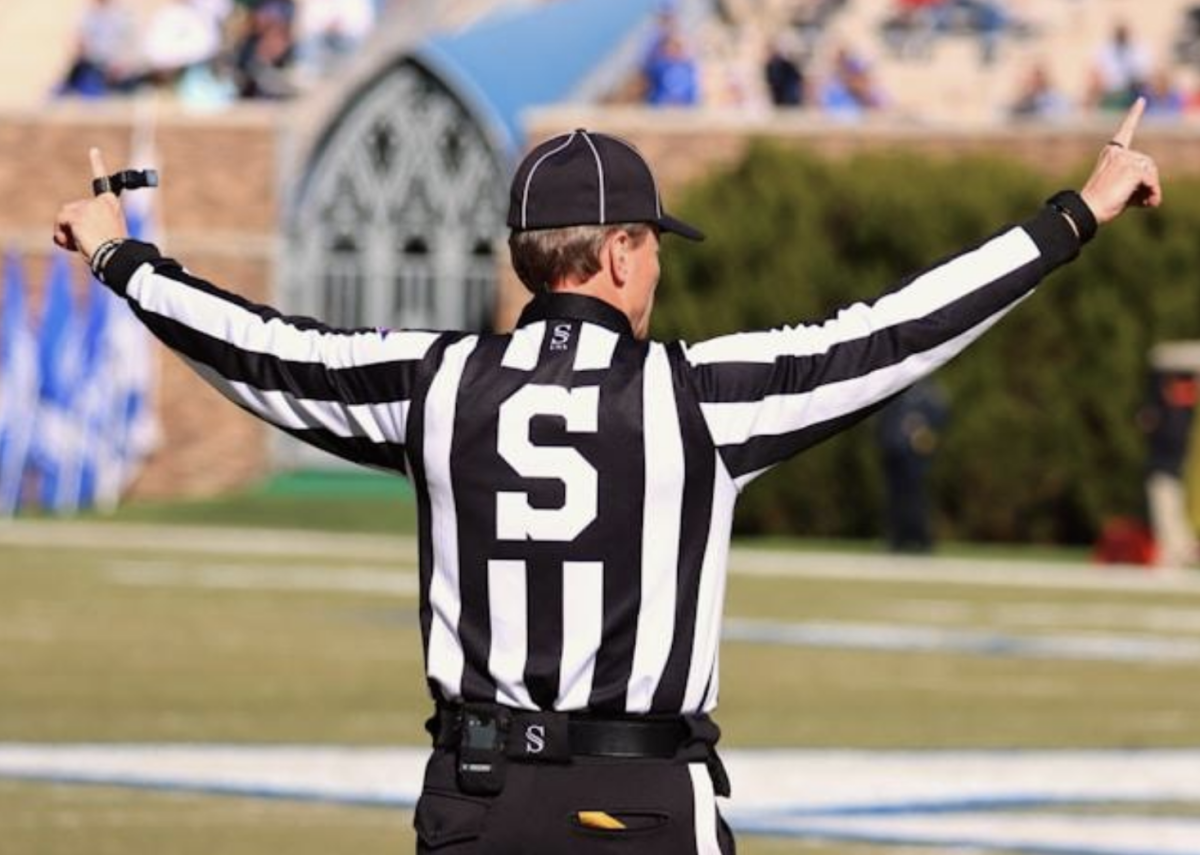When relocating to a new place, a lot of attention is on the logistics of moving. How to hire the right movers, what packing supplies to get, and even a breakdown of the moving costs all make it to the top of your moving checklist.
But… There’s often an overlooked part of the process—changing your address.
Nothing kills the joy of a fresh start like your paycheck, child benefit letter, or Amazon package heading to the wrong doorstep. The challenge is not in realizing that an address change needs to be made, but rather in knowing where to start.
So, where do you start?
Let’s walk you through a moving change of address checklist that will show you exactly who to notify, how to do it, and what to prioritize.
1: Start With the Post Office
The post office is your main lifeline to getting important updates that matter to you.
Visit your local post office in person or through an online postal service. Updating your address here ensures your mail gets forwarded for at least 12 months (and magazines for 60 days).
You can either do this in person or online. If you prefer face-to-face interaction, you can simply visit your local branch and request a change of address form. Then, you submit your details.
But if you opt for an online change of address, you need to:
- Go to your national postal website. It’s the USPS for U.S. residents and Royal Mail for U.K. residents.
- Fill out the change of address form.
- Provide your old address, new address, and the date you want mail forwarding to begin.
- Pay the verification fee (usually $1.10 in the U.S.).
Updating your USPS moving address gives you breathing room to update your address with individual organizations.
Also, make sure to request mail forwarding for at least 6 months. By doing so, you will receive any mail sent to your old address redirected to your new address.
2: Banks and Credit Card Companies
Your bank accounts, credit cards, and other financial institutions should be second on your moving change of address checklist.
Mail from these places often contains sensitive information that you wouldn’t want to get lost in transit. It’s your move, so make sure it’s a secure one. Protect your financial data by staying ahead of the change.
- Simply log in to your online banking portal or account. Most banks allow you to update your address with just a few clicks.
- You can also call customer service for assistance with this process.
- Don’t forget to extend this notification to credit unions, mortgage companies, and credit card issuers. Wrong addresses can cause fraud alerts and missed payments.
Alternatively, you can go to your local branch and update your info in person. Ensure you bring along proof of your new address.
3: Government Agencies
Updating your driver’s license and state ID is a legal must-do in many countries within 30 days of your move. In the U.S., for example, the Department of Motor Vehicles (DMV) has this as a requirement.
- Visit your local Department of Motor Vehicles (DMV) website.
- Look for Change of Address services. Many states let you do it online, while some don’t.
- Update your driver’s license and vehicle registration in one go.
- Confirm and wait for your updated license to arrive.
However, if the option to make this change online isn’t available, you will need to visit your local DMV office. Bring along proof of your new address—a utility bill or lease agreement can suffice.
Some regions may require you to update your insurance info and voter registration. Ensure to ask about these when you visit the DMV.
4: Immigration and Tax Authorities
If you are an immigrant, non-citizen, or dealing with cross-border relocation, immigration offices, like USCIS in the U.S., must be notified.
- Use USCIS AR-11 online within 10 days of moving.
- Update your address with the IRS via Form 8822 to receive tax documents and refunds.
Make a checklist and note the date you updated each place. Scan confirmation emails or take screenshots for your records. It helps if something goes wrong or you need proof later.
As a local or long-time resident, you should also update your tax information (the W-2s and 1099s). You can use the IRS’s Change of Address Form (Form 8822). It’s available on their website, and you can easily mail it in.
Consider it an easy way to ensure your financial information stays in sync!
5: Utilities
Another thing that should feature at the top of your moving change of address checklist is utilities.
Water, electricity, and gas are essential. You will need to disconnect these services at your old place and reconnect them at the new one.
- Call or visit each utility provider’s website. Many services allow you to transfer your utilities online.
- Provide a final meter reading if needed.
- Schedule disconnection and reconnection dates.
- Make sure your bills go to your new address or email.
Also, update any online accounts tied to your utility payments.
6: Health Care Providers and Insurance
Your health, home, car, and insurance should feature in your Change My Address checklist.
Doctors, dentists, veterinarians, and your insurance providers are a few essential providers you should notify of your address change.
- Call or email your health insurance providers to inform them of your new address.
- If your employer provides health coverage, ensure HR gets your updated address.
- Some insurance companies require you to update it online or through their mobile app. Find out about this.
- Ask about coverage if you are moving to a different state or country.
7: Schools and Daycares
If you have kids, make sure the school knows where to send important notices.
You can contact the school administration directly, update contact forms, and emergency contact info. But if your child’s school is changing, request to transfer academic records ahead of time.
It’s usually an easy process.
8: Online Shopping and Subscriptions
Next on the moving change of address checklist is online shopping and subscriptions.
Amazon, eBay, and other shopping platforms you use will need an address update for seamless deliveries.
- Log in to each account.
- Head to your account settings or shipping addresses.
- Update these with your new home address.
Don’t forget to update your payment methods as well if you have any stored on these platforms.
9: Employer and Payroll Services
Even if you are paid via direct deposit, other important documents like W-2s and payslips still get mailed. Simply notify your employer or payroll services about your change of address.
- Email your HR or payroll department.
- Some companies let you update this via your employee portal.
- Double-check your retirement plan, 401(k), and tax filing address if applicable.
10: Memberships and Social Clubs
Are you part of a book club, alumni association, church mailing list, or gym membership? They need to know about your change of address as well.
Log in to your account or call. Many of these organizations allow you to update your address online. You can also send an email or simply update your member profile.
If it’s a local gym and you have moved far away, ask about how to cancel or transfer your membership.
Conclusion: Sealed, Stamped, and Ready to Go
Changing your address can be a big task, but it’s an important part of the moving process.
From updating your utilities, mail, and IDs to letting your social groups know, each small step ensures you will stay connected and your mail won’t get lost in transit.
So, grab this moving change of address checklist and start ticking things off one by one. By staying organized and methodical, you will have one less thing to worry about as you settle into your new place.
Good luck!




